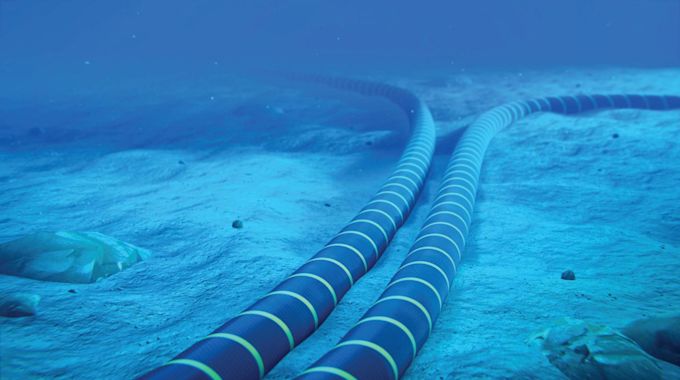
If you’ve ever wondered why lag is still a problem in Oceania, even with servers based in Australia, the answer lies under the ocean. Almost all of our internet comes from overseas through fibre-optic cables laid across the seafloor. These hidden connections are the reason OCE gamers often feel a step behind, and they’re also the reason things could soon get better.
Yes, Fortnite, Valorant, and other titles run servers locally in Australia. But those servers don’t exist in isolation. They are plugged into the wider internet through international undersea cables. Data is constantly travelling back and forth to overseas networks, providers, and platforms. The further and more complicated that route, the more latency OCE players experience.
With so few direct connections compared to larger regions, OCE is especially vulnerable when something goes wrong. A single broken cable, whether from an anchor, earthquake, or accident, can push traffic onto longer backup routes and cause latency to spike across the region.
The good news is that more connections are on the way. One of the biggest is the Humboldt Cable, a project backed by Google and the Chilean government that will link Valparaíso in Chile to Sydney, Australia, with a branch through French Polynesia. It is expected to be completed by 2027 and will become the first direct cable between South America and Oceania. By providing a new, shorter route across the Pacific, the Humboldt Cable is set to deliver faster, more reliable connections and reduce OCE’s reliance on existing paths through Asia and North America.
Australia already has about 15 undersea cables, but adding new ones like the Humboldt creates redundancy, stability, and opportunities to cut down latency.
The servers might be here, but the internet that powers them is not. OCE gaming depends on those overseas cables, and with major upgrades on the way, the region could finally see the kind of connectivity it has been missing.